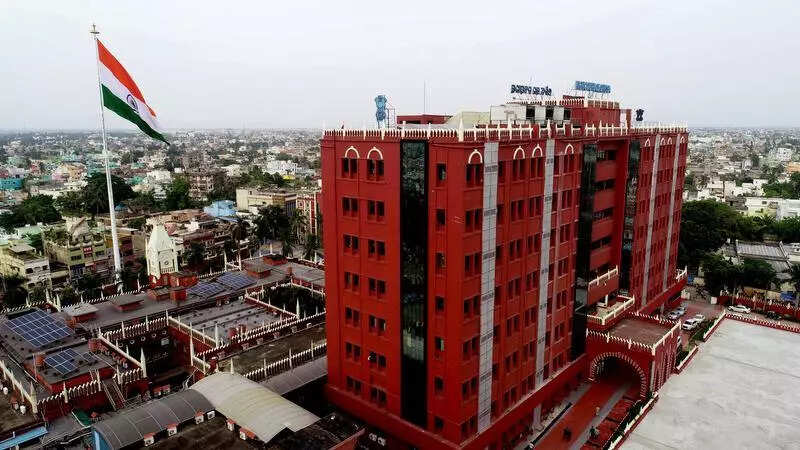HC rejects SJTA plea to review restoration of Danadhakshya Seva | Bhubaneswar News

Cuttack: Orissa high court on Wednesday refused to entertain a petition filed by Shree Jagannath Temple Administration (SJTA), Puri, for a review of the court’s Feb 5 direction to “promptly restore” within three months the Danadhyakshya Seva, which was discontinued nearly seven decades back.
The division bench of Chief Justice Chakradhari Sharan Singh and Justice M S Raman dismissed the review petition as the SJTA failed to show “sufficient and reasonable” cause for the inordinate delay in filing the review petition. The petition was supposed to have been filed on or before Mar 6, but was filed on July 16.
The bench declined to condone the delay and further imposed on SJTA a penalty of Rs 25,000 for suppression of material facts in the review petition. The bench directed SJTA to deposit the penalty with the high court bar association advocates’ welfare fund within four weeks.
In the Feb 5 judgment, the HC, while emphasising the importance of various servitors performing their duties for Lord Jagannath, had observed, “The Danadhyakshya hereditary seva of the deity, mentioned in the record-of-rights, should not have been discontinued due to financial stringency, especially considering the substantial funds being allocated by the state govt for the development of Shree Jagannath Temple.”
The Danadhakshya Seva used to be a significant ritual in the Jagannath culture, where the King of Puri, the Gajapati Maharaja, would donate offerings to the Danadhakshya sevaks, a section of servitors. In return, brahmins would offer blessings for the well-being of the temple and its devotees. There are more than 20 “Sasana villages,” with selected family that benefits from the Danadhakshya Seva.
“The Sasana villages play a crucial role in maintaining and performing various rituals for the temple. However, due to certain reasons, the Danadhakshya Seva has been discontinued for years,” said Jagannath culture researcher Bhaskar Mishra.
The division bench of Chief Justice Chakradhari Sharan Singh and Justice M S Raman dismissed the review petition as the SJTA failed to show “sufficient and reasonable” cause for the inordinate delay in filing the review petition. The petition was supposed to have been filed on or before Mar 6, but was filed on July 16.
The bench declined to condone the delay and further imposed on SJTA a penalty of Rs 25,000 for suppression of material facts in the review petition. The bench directed SJTA to deposit the penalty with the high court bar association advocates’ welfare fund within four weeks.
In the Feb 5 judgment, the HC, while emphasising the importance of various servitors performing their duties for Lord Jagannath, had observed, “The Danadhyakshya hereditary seva of the deity, mentioned in the record-of-rights, should not have been discontinued due to financial stringency, especially considering the substantial funds being allocated by the state govt for the development of Shree Jagannath Temple.”
The Danadhakshya Seva used to be a significant ritual in the Jagannath culture, where the King of Puri, the Gajapati Maharaja, would donate offerings to the Danadhakshya sevaks, a section of servitors. In return, brahmins would offer blessings for the well-being of the temple and its devotees. There are more than 20 “Sasana villages,” with selected family that benefits from the Danadhakshya Seva.
“The Sasana villages play a crucial role in maintaining and performing various rituals for the temple. However, due to certain reasons, the Danadhakshya Seva has been discontinued for years,” said Jagannath culture researcher Bhaskar Mishra.
















